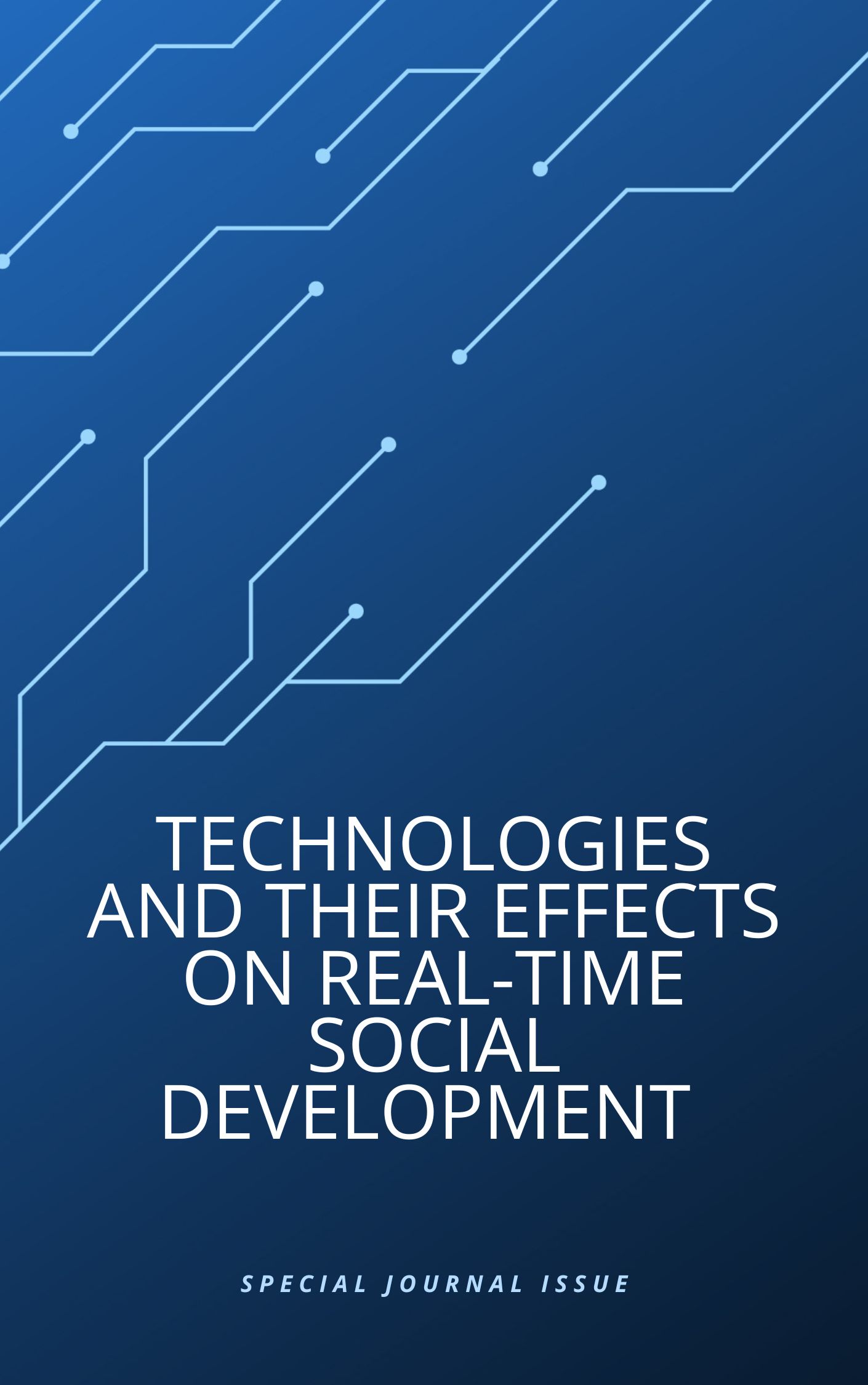Power Signal Processing and Feature Extraction Algorithms Based on Time-Frequency Analysis
Main Article Content
Abstract
Article Details

This work is licensed under a Creative Commons Attribution-NonCommercial 4.0 International License.
References
Yan, Z., Xu, Y., Wang, L., & Hu, A. (2023). Feature extraction by enhanced time–frequency analysis method based on Vold-Kalman filter. Measurement, 207, 112383.
Guo, M., Tu, X., Abbas, S., Zhuo, S., & Li, X. (2024). Time-frequency analysis-based impulse feature extraction method for quantitative evaluation of milling tool wear. Structural Health Monitoring, 23(3), 1766-1778.
Duc, M. L., Bilik, P., & Martinek, R. (2023). Harmonics signal feature extraction techniques: A review. Mathematics, 11(8), 1877.
Wang, H., Fang, Z., Wang, H., Li, Y. A., Geng, Y., Chen, L., & Chang, X. (2023). A novel time-frequency analysis method for fault diagnosis based on generalized S-transform and synchroextracting transform. Measurement Science and Technology, 35(3), 036101.
Bai, Y., Cheng, W., Wen, W., & Liu, Y. (2023). Application of time‐frequency analysis in rotating machinery fault diagnosis. Shock and Vibration, 2023(1), 9878228.
Pradhan, B. K., Neelappu, B. C., Sivaraman, J., Kim, D., & Pal, K. (2023). A Review on the Applications of Time‐Frequency Methods in ECG Analysis. Journal of Healthcare Engineering, 2023(1), 3145483.
Ma, C., Liang, C., Jiang, Z., Zhang, K., & Xu, Y. (2024). A novel time-frequency slice extraction method for target recognition and local enhancement of non-stationary signal features. ISA transactions, 146, 319-335.
Venkateswarlu B, & Rekha Gangula. (2024). Exploring the Power and Practical Applications of K-Nearest Neighbours (KNN) in Machine Learning. Journal of Computer Allied Intelligence, 2(1), 8-15.
Han, B., Jiang, C., Omer, A. M., Hamad, K. O., Shao, T., He, L., ... & Duan, Y. (2024). A generic time-frequency analysis-based signal processing and imaging approach for air-coupled ultrasonic testing. NDT & E International, 144, 103101.
Singh, A. K., & Krishnan, S. (2023). Trends in EEG signal feature extraction applications. Frontiers in Artificial Intelligence, 5, 1072801.
Huang, X., & Li, X. (2023, February). Modulation identification method based on time-frequency analysis and support vector machine. In 2023 IEEE 2nd International Conference on Electrical Engineering, Big Data and Algorithms (EEBDA) (pp. 551-554). IEEE.
Yan, Z., Jiao, J., & Xu, Y. (2024). Adaptive linear chirplet synchroextracting transform for time-frequency feature extraction of non-stationary signals. Mechanical Systems and Signal Processing, 220, 111700.
Sreedhar Bhukya, & Shaik Khasim Saheb. (2024). A Novel Approach for Analyzing Temporal Influence Dynamics in Social Networks. Journal of Computer Allied Intelligence, 2(2), 13-21.
Li, Y., & Ramli, D. A. (2023). Advances in time-frequency analysis for blind source separation: Challenges, contributions, and emerging trends. IEEE Access, 11, 137450-137474.
Singh, A. K., & Krishnan, S. (2023). ECG signal feature extraction trends in methods and applications. BioMedical Engineering OnLine, 22(1), 22.
Wang, S., Cheng, C., Zhou, J., Qin, F., Feng, Y., Ding, B., ... & Chen, X. (2023). Reassignment-enable reweighted sparse time-frequency analysis for sparsity-assisted aeroengine rub-impact fault diagnosis. Mechanical Systems and Signal Processing, 183, 109602.
Ma, J., Tang, Q., He, M., Peretto, L., & Teng, Z. (2023). Complex PQD classification using time–frequency analysis and multiscale parallel attention residual network. IEEE Transactions on Industrial Electronics, 71(8), 9658-9667.
Hou, L., Zhang, Q., & Du, Y. (2024). Width estimation of hidden cracks in tunnel lining based on time-frequency analysis of GPR data and back propagation neural network optimized by genetic algorithm. Automation in Construction, 162, 105394.
Fu, Y., Zhou, K., Zhu, G., Li, Z., Li, Y., Meng, P., ... & Lu, L. (2023). A partial discharge signal separation method applicable for various sensors based on time–frequency feature extraction of t-SNE. IEEE Transactions on Instrumentation and Measurement, 73, 1-9.
Srinivasa Sai Abhijit Challapalli. (2024). Sentiment Analysis of the Twitter Dataset for the Prediction of Sentiments. Journal of Sensors, IoT & Health Sciences, 2(4), 1-15.
Zhao, N., Zhang, J., Mao, Z., & Jiang, Z. (2023). Variational time–frequency adaptive decomposition of machine multi-impact vibration signals. Mechanical Systems and Signal Processing, 189, 110084.
Srinivasa Sai Abhijit Challapalli. (2024). Optimizing Dallas-Fort Worth Bus Transportation System Using Any Logic. Journal of Sensors, IoT & Health Sciences, 2(4), 40-55.
Zhang, C., Mousavi, A. A., Masri, S. F., & Gholipour, G. (2024). The state-of-the-art on time-frequency signal processing techniques for high-resolution representation of nonlinear systems in engineering. Archives of Computational Methods in Engineering, 1-22.
Li, Y., Zhu, N., & Hou, Y. (2023). Comparison of empirical modal decomposition class techniques applied in noise cancellation for building heating consumption prediction based on time-frequency analysis. Energy and Buildings, 284, 112853.
Liu, L., Sun, B., Li, J., Ma, R., Li, G., & Zhang, L. (2024). Time-frequency analysis and recognition for UAVs based on acoustic signals collected by low-frequency acoustic-electric sensor. IEEE Sensors Journal.
Nia, P. S., & Hesar, H. D. (2024). Abnormal heart sound detection using time-frequency analysis and machine learning techniques. Biomedical Signal Processing and Control, 90, 105899.
